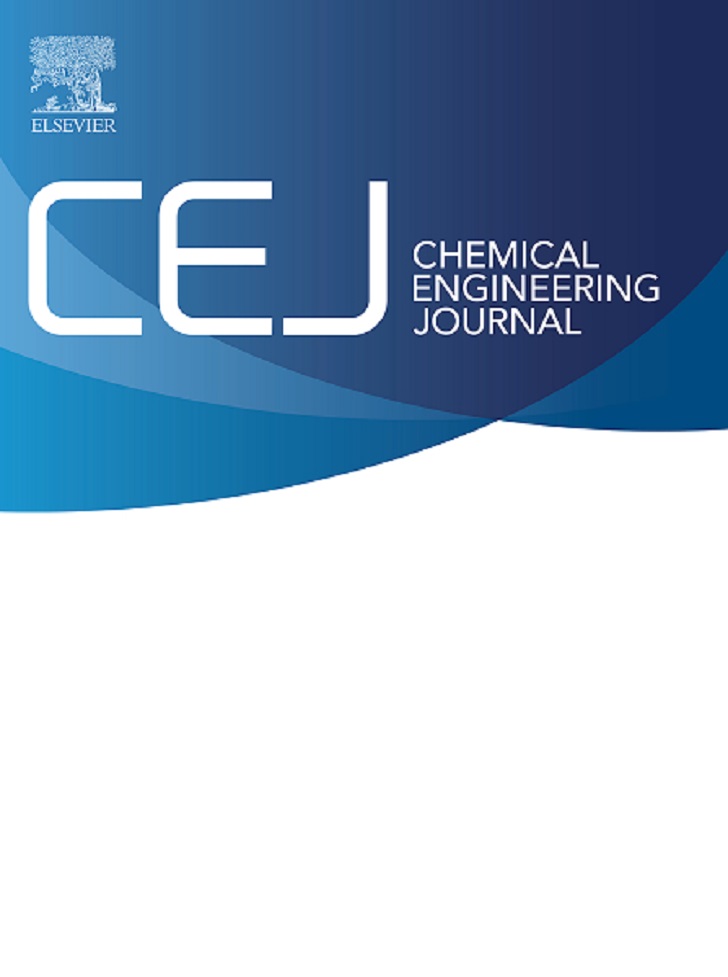
The research article 'Release of microplastic particles to the aquatic environment via wastewater treatment plants: The impact of sand filters as tertiary treatment' has been published in Chemical Engineering Journal.
Abstract
Monitoring of microplastics (MP) release into the aquatic environment is an important topic and proposed point sources for microplastics are wastewater treatment plants (WWTPs). Three full-scale WWTPs (A, B, C) were investigated to compare the effect of continuously and discontinuously backwashed sand filters to retain microplastics from secondary treated wastewater effluents. A cascade filtration unit using steel basket filters with mesh sizes of 100 µm, 50 µm and 10 µm was employed for sampling. The subsequent analysis used thermal extraction desorption gas chromatography mass spectrometry (TED-GC-MS). This combined analytical approach offered the benefit of sampling multiple cubic meters of WWTP effluent and using a robust quantification analytical method for microplastic without the need for an additional chemical-based sample preparation step. Due to the different capacities of the three WWTPs, the results were normalized based on population equivalents (P.E.). Four common polymers were targeted in this study (i.e., PE, PS, PP, and PET). PE was the most common polymer detected in secondary effluents, with normalized annual loads ranging between 2.8 mg yr–1 P.E.-1 and 8.4 mg yr-1 P.E.-1. Results showed that sand filters offered additional efficient MP retention capabilities, with the sand filters offering, on average, an extra 79% ± 11% of MP retention when compared to secondary treatment. Finally, one filter cell with aged and one with restored granular media were compared. The aged cell did not indicate lower retention of microplastic while using granular media that was already in operation for seven years.



